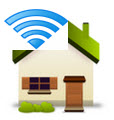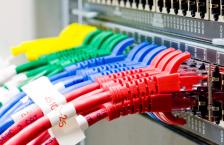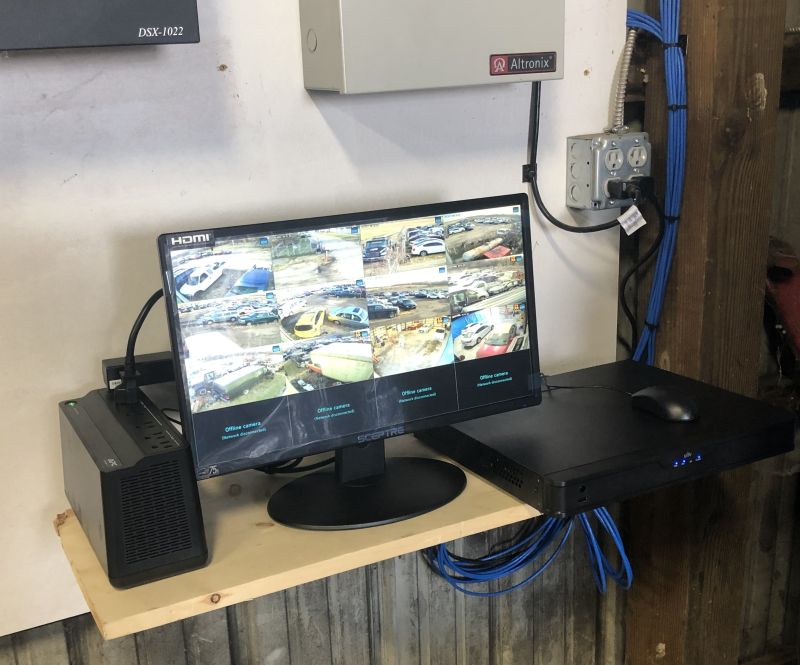Are you exploring the digital multiverse to buy coaxial cable and bombarding the search box with phrases like best quality coaxial cable and coaxial cable bulk? Stop looking any further as we have got you covered. So, stay with us!

A coaxial cable comprises a shield, an insulator, and an outer cover; all these 3 components share the same axis, and this is where the cable derives its name from.
There are several types of coaxial cable currently available on the market. Each type has its own unique electronic and physical properties, and hence the usage. The most common usage of coaxial cable is in suburban and dense areas where it carries television signals into your homes.
Coaxial Cable: A Throwback
Well, if you are a tech geek, you will be amazed to know that coaxial cables were 1st used in the late 19th century. Despite rapid advancement in the technological multiverse, coaxial cables have been used continuously, even as the tech products it supports completely disappear.
What is the coaxial cable?
Let’s explore coaxial cable by decoding its construction.
The inner core of these cables is usually 1 or 2 millimeters thick and is made from solid copper. Some manufacturers use stranded wire with the aim to improve flexibility. The dielectric insulator is either solid plastic, foam, or an air gap created through plastic spacers and covers the central copper core.
Then comes the shielding that is used to enclose the dielectric insulator. Usually, this shielding comes in woven braided material, and it not only keeps the structure of the conductor intact but also prevents interference acting as a shield against noise. Then comes the 4th and final protection in form of a thin plastic layer.
Now that you have understood its structure, let’s move on to its sizes.
Different sizes of coaxial cables
Before you go out there in the market to buy coaxial cable, you must know that the 3 most common sizes currently in usage are RG-6, RG-11, and RG-59.?
Getting confused by the acronyms? You need not worry as we are deciphering them in the next few lines. So, stay with us.
“RG” means radio signal. And the number next to this acronym refers to the diameter.
Coaxial cables are also called “RF” cables that means “radio frequency”.
How to use a coaxial cable?
At the outset, you need to establish the type of coaxial cable. Usually, the type of cable is printed on the plastic cover.
Now you will find a connector that matches and works with your cable. Connectors come in “F” and “N” variants. While selecting the connector, match it with the width of your cable.
The 3 variants of “F” type cable for the RG-6 cables are:
Crimp-style connector,Screw-on connector,And, Compression connectors.
If you are not sure about the type of connector, ask the shopkeeper to help you out.
Use a razor or wire stripping cable to cut through the rubber. It is strongly recommended that you only cut through the outer rubber covering; cutting deep through till the end will damage your cable and will result in poor performance.
Now remove the wire mesh or peel it back through your fingers. This will lead you to dielectric plastic. Trim it from the end of your coaxial cable. Use a wire zipper to gently cut the plastic around the copper conductor. This phase requires extreme caution as any damage to the copper conductor will make your signal weaker.
While pulling the conductor in the connector, you have to make sure that no other part—for instance, any part of the mesh—touches the conductor as it will make your signal weaker. Voila! Your coaxial cable is all set for usage.
Where to buy the perfect coaxial cable?
The perfect place to buy coaxial cable is New York Cables. We are a one-stop-shop for all of your cable needs – be it ethernet cable, fiber optic cable, or the best quality coaxial cable.?
We manufacture coax cables with PVC (polyvinyl chloride) jackets. These jackets are incredibly flexible making installation extremely easy even in tight and compact spaces.
Furthermore, we offer coax cables in 95% braid coverage that keeps the structure of the conductor’s shielding intact. This braid coverage also prevents outer interferences like crosstalk and electrostatic noises to deliver top-notch performance and extended lifespan.
Rest assured, our coaxial cables deliver the best video and audio quality in all conditions. Ordering now to get amazing discounts!






0